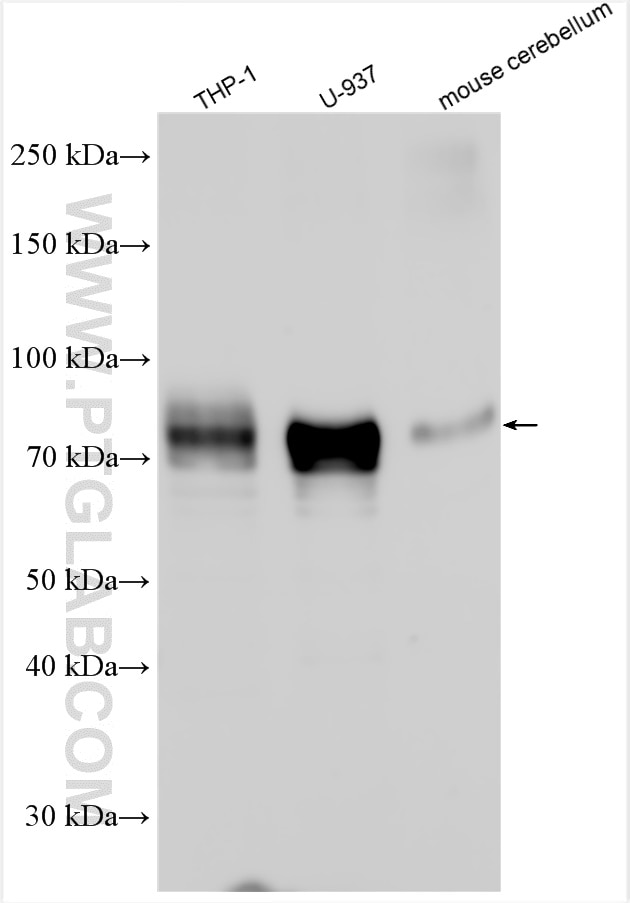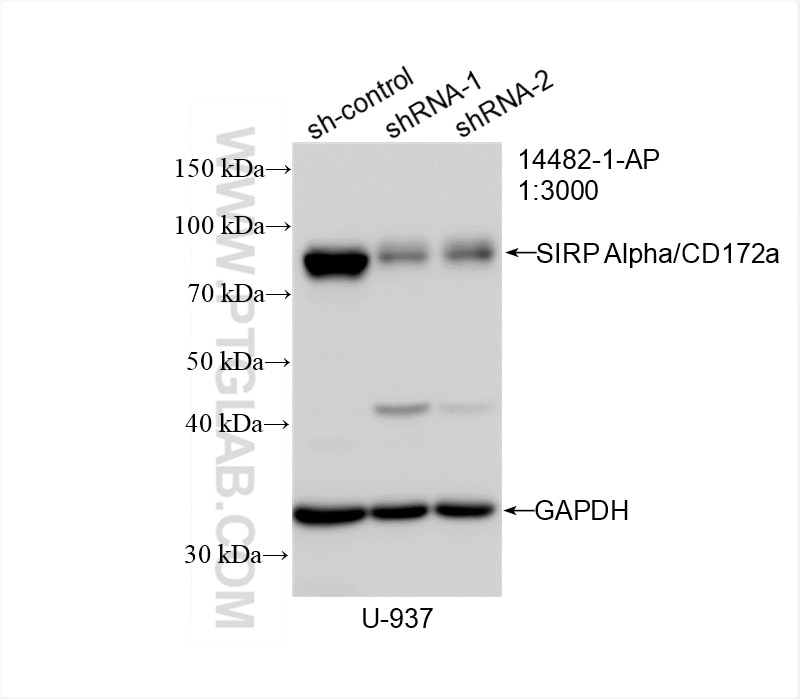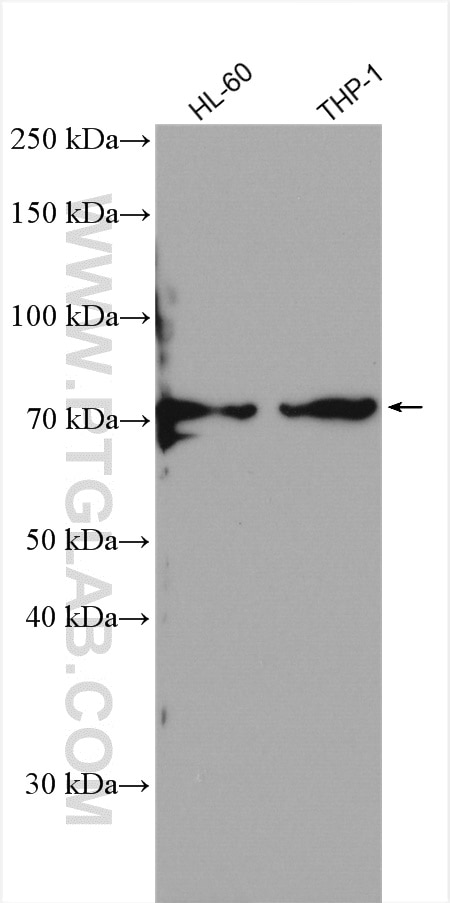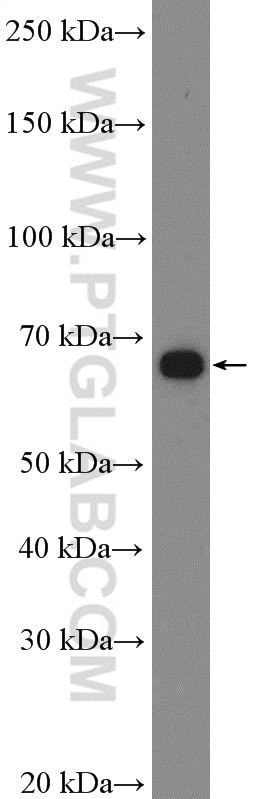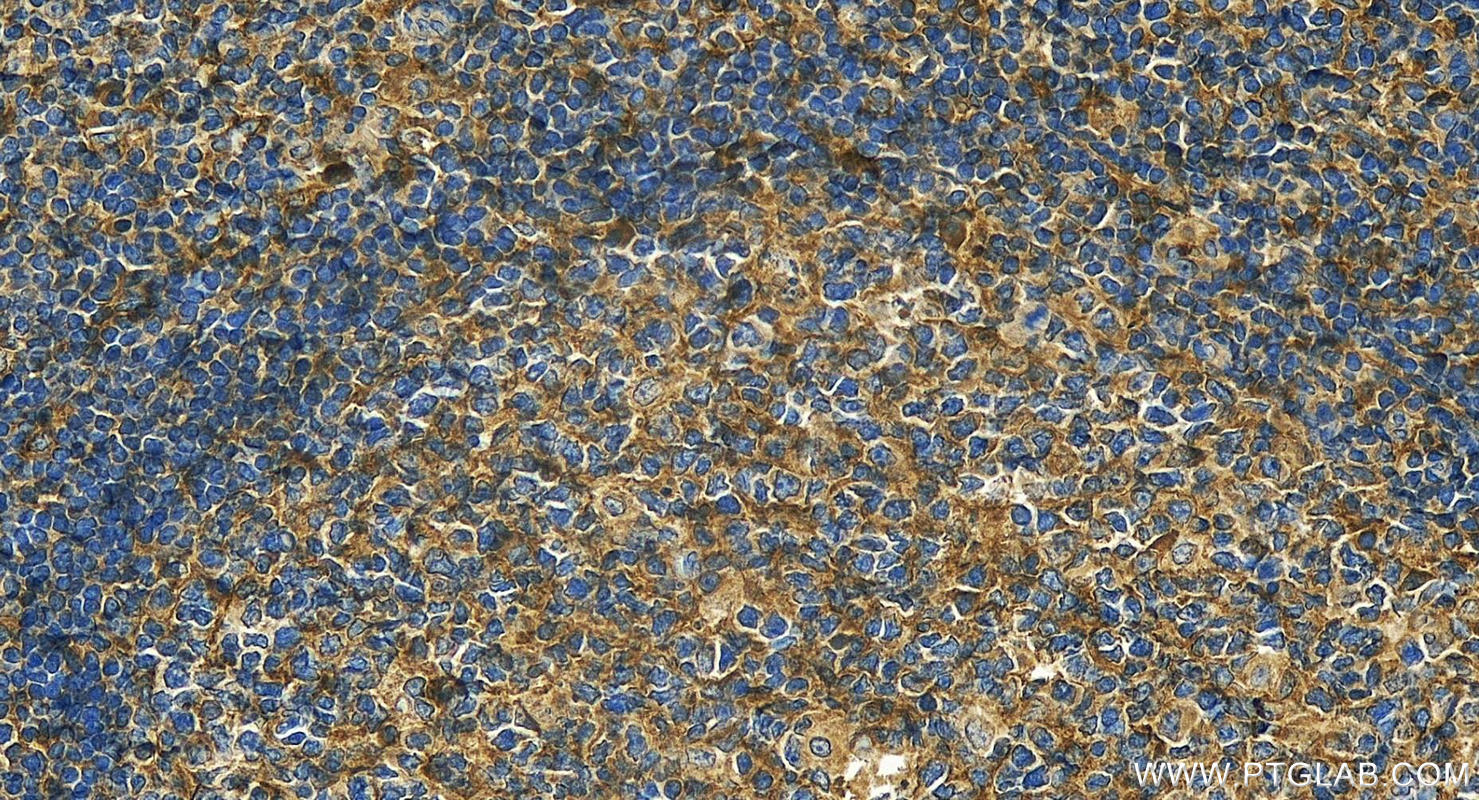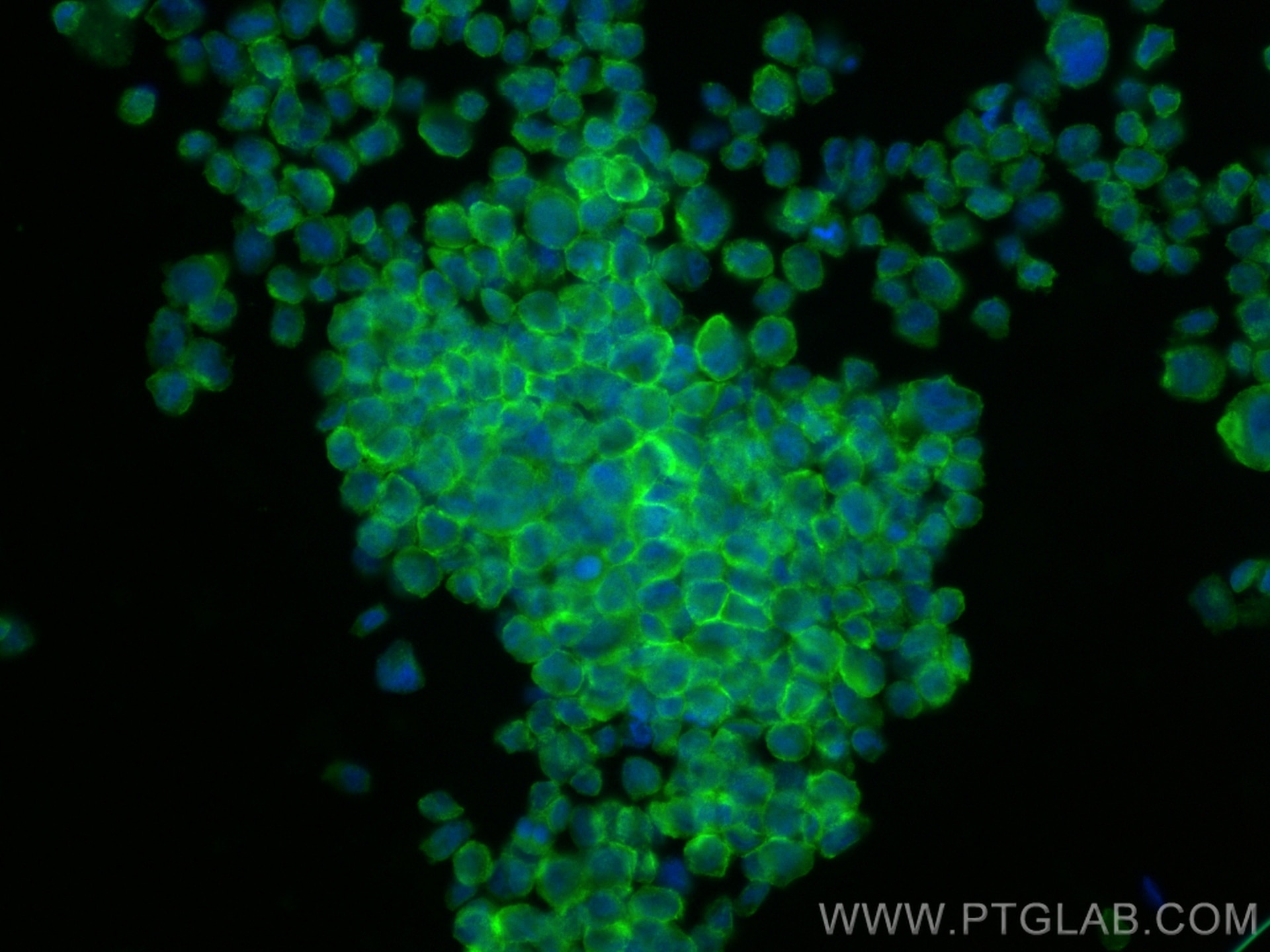Tested Applications
| Positive WB detected in | THP-1 cells, HL-60 cells, PC-12 cells, U-937 cells, mouse cerebellum tissue |
| Positive IHC detected in | human tonsillitis tissue Note: suggested antigen retrieval with TE buffer pH 9.0; (*) Alternatively, antigen retrieval may be performed with citrate buffer pH 6.0 |
| Positive IF/ICC detected in | THP-1 cells |
Recommended dilution
| Application | Dilution |
|---|---|
| Western Blot (WB) | WB : 1:1000-1:4000 |
| Immunohistochemistry (IHC) | IHC : 1:50-1:500 |
| Immunofluorescence (IF)/ICC | IF/ICC : 1:50-1:500 |
| It is recommended that this reagent should be titrated in each testing system to obtain optimal results. | |
| Sample-dependent, Check data in validation data gallery. | |
Published Applications
| WB | See 4 publications below |
Product Information
14482-1-AP targets SIRP Alpha/CD172a in WB, IHC, IF/ICC, ELISA applications and shows reactivity with human, mouse, rat samples.
| Tested Reactivity | human, mouse, rat |
| Cited Reactivity | human, mouse |
| Host / Isotype | Rabbit / IgG |
| Class | Polyclonal |
| Type | Antibody |
| Immunogen |
CatNo: Ag5865 Product name: Recombinant human SIRPA protein Source: e coli.-derived, PGEX-4T Tag: GST Domain: 158-508 aa of BC033092 Sequence: ARATPQHTVSFTCESHGFSPRDITLKWFKNGNELSDFQTNVDPVGESVSYSIHSTAKVVLTREDVHSQVICEVAHVTLQGDPLRGTANLSETIRVPPTLEVTQQPVRAENQVNVTCQVRKFYPQRLQLTWLENGNVSRTETASTVTENKDGTYNWMSWLLVNVSAHRDDVKLTCQVEHDGQPAVSKSHDLKVSAHPKEQGSNTAAENTGSNERNIYIVVGVVCTLLVALLMAALYLVRIRQKKAQGSTSSTRLHEPEKNAREITQVQSLDTNDITYADLNLPKGKKPAPQAAEPNNHTEYASIQTSPQPASEDTLTYADLDMVHLNRTPKQPAPKPEPSFSEYASVQVPRK Predict reactive species |
| Full Name | signal-regulatory protein alpha |
| Calculated Molecular Weight | 55 kDa |
| Observed Molecular Weight | 75-85 kDa |
| GenBank Accession Number | BC033092 |
| Gene Symbol | SIRP Alpha |
| Gene ID (NCBI) | 140885 |
| RRID | AB_2188056 |
| Conjugate | Unconjugated |
| Form | Liquid |
| Purification Method | Antigen affinity purification |
| UNIPROT ID | P78324 |
| Storage Buffer | PBS with 0.02% sodium azide and 50% glycerol, pH 7.3. |
| Storage Conditions | Store at -20°C. Stable for one year after shipment. Aliquoting is unnecessary for -20oC storage. 20ul sizes contain 0.1% BSA. |
Background Information
SIRP Alpha, also known as CD172a, SHPS-1, and BIT, belongs to the SIRP family. SIRP Alpha is a transmembrane glycoprotein expressed explicitly on myeloid cells and provides a "do not eat me" signal after engaging with integrin-associated protein CD47 on tumor cells (PMID: 36419386). SIRP Alpha shows heterogeneity in molecular weight (~65-120 kDa) in various tissues due to differential glycosylation (PMID: 18051954). This antibody detects a 75-85 kDa band.
Protocols
| Product Specific Protocols | |
|---|---|
| IF protocol for SIRP Alpha/CD172a antibody 14482-1-AP | Download protocol |
| IHC protocol for SIRP Alpha/CD172a antibody 14482-1-AP | Download protocol |
| WB protocol for SIRP Alpha/CD172a antibody 14482-1-AP | Download protocol |
| Standard Protocols | |
|---|---|
| Click here to view our Standard Protocols |
Publications
| Species | Application | Title |
|---|---|---|
Cell Prolif Mitochondrial DNA mediates immunoparalysis of dendritic cells in sepsis via STING signalling | ||
Acta Biochim Biophys Sin (Shanghai) Clostridium butyricum regulates visceral hypersensitivity of irritable bowel syndrome by inhibiting colonic mucous low grade inflammation through its action on NLRP6. | ||
Biomedicines Exosomes from the Uterine Cavity Mediate Immune Dysregulation via Inhibiting the JNK Signal Pathway in Endometriosis | ||
J Obstet Gynaecol Res Eutopic endometrium from patients with endometriosis modulates the expression of CD36 and SIRP-α in peritoneal macrophages. |
Reviews
The reviews below have been submitted by verified Proteintech customers who received an incentive for providing their feedback.
FH Manuel (Verified Customer) (03-19-2025) | Works well.
|
FH Rebecca (Verified Customer) (05-27-2024) | Transference at 4ºC and 90V, for 2h. Antibody incubation ON at 4ºC. Multiple bands observed. A bigger dilution of the antibody is probably needed.
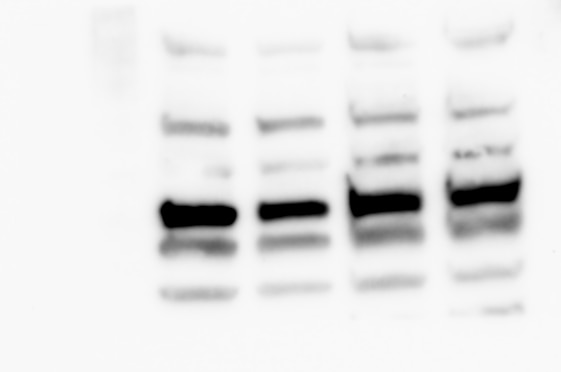 |

